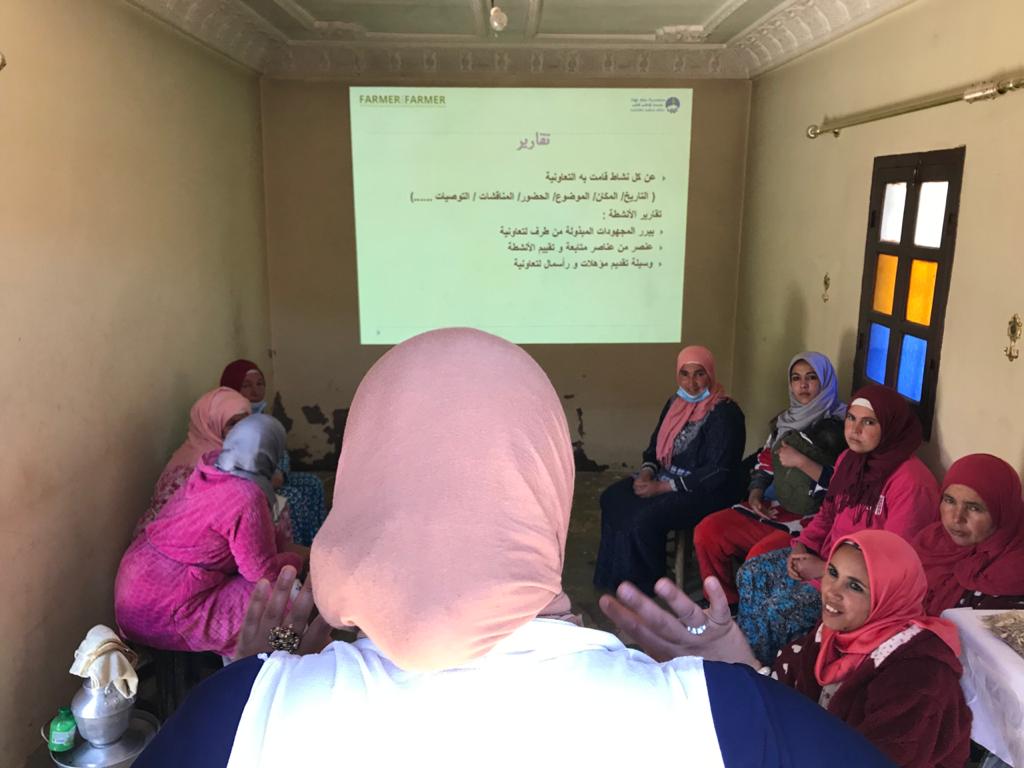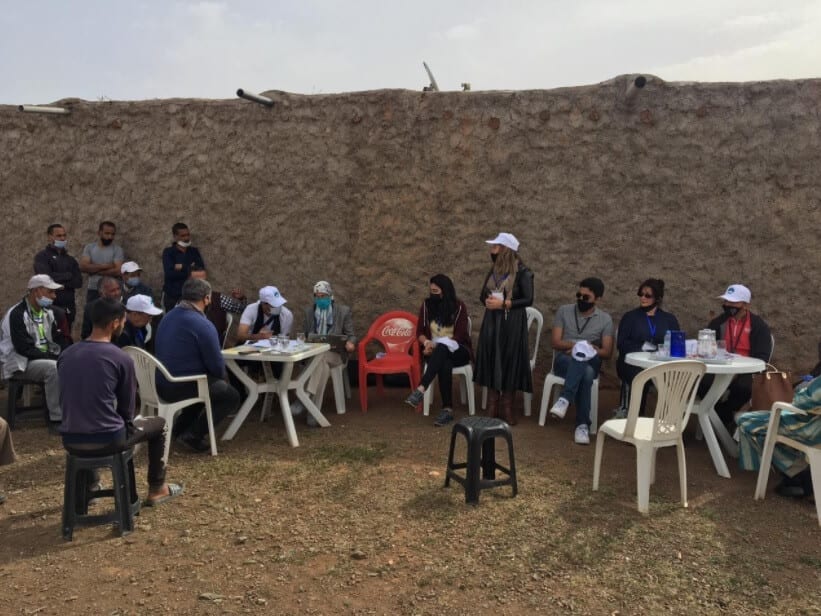According to the World Health Organization, in 2017, 5.3 billion people used safely managed drinking-water services located on premises, available when needed, and free from contamination1. However, this leaves approximately 2.2 billion people without such access, with around 1.4 billion people with basic services (an improved water source within a 30-minute round trip), and 206 million people with limited services (an improved water source requiring more than a 30-minute round trip). Improved sources are categorized as household taps, public standpipes, boreholes, protected dug wells, protected springs, and collected rainwater2. And worse still, 435 million people take water from unprotected wells and springs, and 144 million people collect untreated surface water from lakes, ponds, rivers and streams3. Uncontaminated water is not only necessary for drinking, but also for cooking, cleaning, personal and medical hygiene, and agriculture. Clean drinking water is a basic human right, and the causes and effects of a lack of access to uncontaminated water must be investigated and rectified.
Clean water scarcity can have different causes. There can either be a “physical scarcity” of sufficient fresh water, or an “economic scarcity” where freshwater is available but is expensive to use4. Physical scarcity can vary by region based on climate, and physical scarcity is becoming increasingly common due to climate change. It is predicted that global warming will reach at least 1.5 degrees celsius above pre-industrial levels5. With this warming comes climate reactions, including changes in precipitation patterns. Such changes include glacial and snowpack melting due to increased temperatures, which depletes both the mountain stream runoff and groundwater supplies. Mountain meltwater and runoff provide more than 50% of the world’s freshwater6. Surface and groundwater supplies are also impacted by climate-change related drought. Lack of precipitation impedes groundwater recharge, meaning that those who rely on wells for clean drinking water will be impacted. Worldwide, 2.5 billion people depend solely on groundwater resources7.

The opposite of drought that is just as damaging is increased intense precipitation in some areas. Such precipitation can lead to major flooding. While the overabundance of water in a flood may seem helpful in drought-stricken areas, floods in fact can affect water safety by contaminating otherwise safe water with sewage and other pollutants. Surface and groundwater contamination can be introduced from other sources as well. Surface and groundwater resources in unmanaged or mismanaged systems are increasingly polluted with human and animal waste, agricultural runoff, chemicals such as fluorine or arsenic, and industrial effluents8. Agricultural runoff into streams and lakes can lead to eutrophication and toxic algal blooms which not only makes the water undrinkable but also chokes out animal life that may be relied upon for food or important ecosystem services. It is predicted that Globally, the number of lakes with harmful algal blooms will increase by at least 20% until 2050. All of the above factors impede the essential provision of clean drinking water to billions of people around the world, and have the capacity to worsen. It is predicted that by 2030, the world will face a 40% global water deficit under the current climate change scenario9.
The lack of access to clean water sources has a host of negative impacts to individuals and communities. Ingestion and use of contaminated water are linked to diseases including cholera, diarrhea, dysentery, hepatitis A, typhoid, and polio10. All of these diseases can be deadly, but they are also preventable with access to clean water. Unsafe drinking water not only kills, but prevents equal opportunity and economic productivity. Internationally, women and girls have a larger role in water collection than men. Women and girls often spend hours out of their day traveling long distances to the nearest clean water source. This often prevents girls from being able to attend school or hold a steady-income job11. Women’s health is also disproportionately affected by lack of access to clean water, as women are more vulnerable to the health effects of contamination of water such as infection during menstruation and reproduction12. Improving access to clean water can allow women and girls to invest more time into their education and economic development, which will benefit their communities as a whole and greatly contribute to poverty reduction.
As of 2017, 70% of the Moroccan population had access to safely managed drinking water services. However, this leaves approximately 10.7 million Moroccans without such access. There especially is a disparity in clean drinking water access between urban and rural Moroccans, with 88.9% of people in urban areas having access to safely managed drinking water services, while only 39.9% of people in rural areas having such access13. This creates obvious room for improvement of the infrastructure in rural areas of Morocco in order to promote equality of standard of living and opportunity. Morocco is at a high risk of further clean-water scarcity as the effects of climate change worsen and populations continue to rise. Morocco is expected to see temperature increases between 2 and 3 ◦C by 2050, which has the potential to decrease precipitation between 10 and 20%14, while populations are expected to grow to 46 million people before 205015.
Improving access to clean water sources is essential in Morocco and Globally. Water scarcity will only worsen with increased climate impact and global population. Communities and governing organizations must invest in providing the infrastructure for clean drinking water delivery and storage to all citizens in all locations and of all socio-economic statuses.






